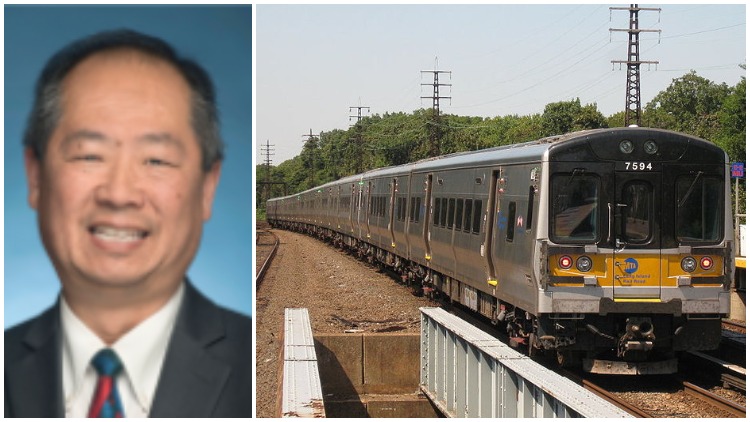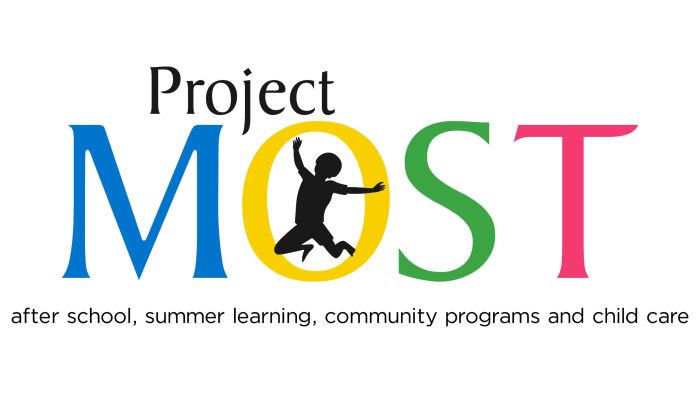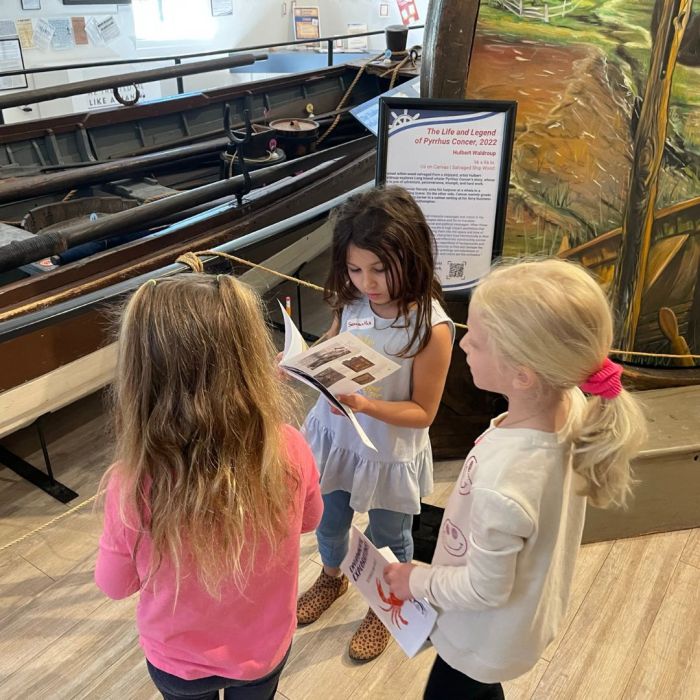Newly appointed Long Island Rail Road President Phillip Eng last week landed at an airport hotel in his latest stop on his continuing local meet-and-greet tour to introduce himself to the public.
Eng, who was appointed as president of LIRR in April, shared updates on various major transit projects and gave insights into his priorities Friday during a Long Island Metro Business Action meeting at the Courtyard by Marriott Long Island MacArthur Airport in Ronkonkoma.
“Any feedback, constructive or positive, is important to us,” he told the crowd. “We’re trying to make the ride a little better for everybody … It’s about being a safe, seamless, and comfortable ride.”
Eng’s tenure begins just as the The Double Track Project, which will add a second track to the Ronkonkoma Branch between Ronkonkoma and Farmingdale, is slated for completion later this year. It also comes as work has begun on the LIRR Expansion Project, which will bring a third track to the Main Line between Floral Park and Hicksville, while crews continue to make progress on the East Side Access project. Eng also oversees the LIRR Forward innitiative, which aims to improve service reliability, seasonal preparedness and customer communications.
“Customers need clear and consistent information,” he said.
The LIRR president said he is creating a “fix-it-now” attitude that “protects and prevents” problems from occurring on the nation’s busiest railroad. For example, in the next six months the LIRR will upgrade 10 switches that caused 44 percent of track failures.
He is also increasing inspections, installing high visibility safety delineators at all 296 grade crossings, partnering with Waze to prevent accidents, clearing 180 miles of vegetation along tracks to reduce the number of trees that fall on tracks and replacing 80 utility poles along tracks.
That’s in addition to his plans for upgrading GPS systems on trains that will update train schedules/countdown clocks at stations, increasing the frequency of station cleaning by 30 percent and increasing communication with local stations to address parking issues.





























